Topic: Battle Honours
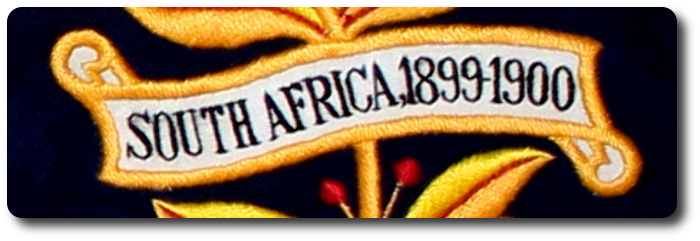
26 Canadian Units to Participate in Boer War Honors
Battle Honor "South Africa" to be Embroidered in Regimental Color
King's Approval Given
Seven provinces of Dominion Represented in List—Five Quebec Regiments Are Included
The Montreal Gazette, 13 June 1933
(By the Canadian Press)
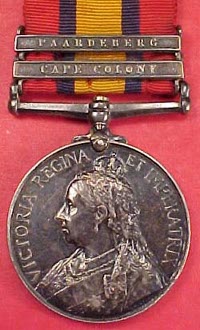 Ottawa, June 12. — Thirty-two years after the peace of Vereeniging, which brought the Boer War to a close, 26 units of the Canadian Militia have now been awarded with the battle honor, "South Africa," to be embroidered on their regimental color. Announcement to this effect was made from the headquarters of the Defence Department here today.
Ottawa, June 12. — Thirty-two years after the peace of Vereeniging, which brought the Boer War to a close, 26 units of the Canadian Militia have now been awarded with the battle honor, "South Africa," to be embroidered on their regimental color. Announcement to this effect was made from the headquarters of the Defence Department here today.
Approval of this honor by His Majesty has been sent to the department. The units whose color is thus enriched obtain the award under the same conditions as governed that of similar honors to the yeomanry and volunteer regiments of the British Army.
All of the seven provinces of Canada which were in existence at the time for the South African campaign are represented in the list. In Ontario 12 regiments secure the honor, in Quebec, five, in Nova Scotia, three, in New Brunswick and Manitoba, two each, and one each for British Columbia and Prince Edward Island.
One of the regiments, the Saint John Fusiliers, gets the honour for two periods—"South Africa, 1899-1900,' '1902'."
Sixteen secure the honor "South Africa, 1899-1900." These are the Queen's own Rifles, the Royal Grenadiers and the 48th Highlanders, of Toronto; the Governor General's Foot Guards and the Ottawa Highlanders, of Ottawa; the Canadian Fusiliers (City of London Regiment) and the Middlesex Light Infantry, of London, Ont.; the Canadian Grenadier Guards, the Victoria Rifles of Canada, the Black Watch (R.H.) of Canada, of Montreal; the Royal Rifles of Canada, of Quebec; the Halifax Rifles and the Princess Louise Fusiliers, of Halifax; the Cumberland Highlanders, of Amherst; the Winnipeg Rifles, of Winnipeg; and the British Columbia Regiment (Duke of Connaught's Own Rifles) of Vancouver.
Nine regiments will carry the honor "South Africa, 1900." These are the Governor General's Body Guard, of Toronto; the Princess Louise Dragoon Guards, of Ottawa; the 1st Hussars, of London, Ont.; the 12th Manitoba Dragoons, of Winnipeg; the 17th Duke of York's Royal Canadian Hussars, of Montreal; the Royal Hamilton Light Infantry, of Hamilton; the princess of Wales own Regiment, of Kingston; the York Regiment, of Fredericton, N.B.; and the Prince Edward island Highlanders, of Charlottetown, P.E.I.

The South African War broke out on October 11, 1899, and two days later the Earl of Minto, then Governor-General, cabled to London an offer of 1,000 men to serve as infantry. This was accepted, and the troops were mobilized at Quebec on October 28, sailing on the S.S. Sardinian for Cape Town on October 30. This—Canada's first overseas contingent—was named the 2nd (Special Service) Battalion, Royal Canadian Regiment.
On November 2 a second contingent was offered by Canada, but not for six weeks did the War Office accept. In the meantime the British troops in South Africa had suffered the reverses of Stormberg, Magersfontein and Colenso. The British Government having on December 13 signified its approval, two battalions of mounted rifles were organized, the first of these becoming known as the Royal Canadian Dragoons, With them on February 22, 1900, went three batteries of field artillery.
Meanwhile, another regiment was mobilized to garrison the citadel at Halifax and thus relieve for active service the Imperial army troops stationed there.
A cavalry regiment, Lord Strathcona's Horse, was raised in Manitoba, British Columbia and the North West Territories by Lord Strathcona, who was then High Commissioner for Canada in London, and these also were despatched to South Africa.
As the war progressed Canada's effort increased, and four more regiments of mounted rifles were sent to the front. This force, however, was on the high seas when peace was proclaimed.
Altogether, this country raised 8,372 officers and other ranks for service, including the regiment stationed at Halifax. Towards the close of the war 1,200 men from the Canadian cavalry units were enlisted in the South African constabulary.
The Canadian troops operated under Colonel Smith Dorrien and Colonel E.A.H. Alderson, both of whom later commanded much larger forces of troops from this Dominion during the Great War. They were in action and distinguished themselves at Paardeberg and in the battles which punctuated the advance of Lord Roberts to Pretoria.
The Lord Strathcona's Horse operated for a while in Portuguese East Africa, then joined the Natal field force under Sir Redvers Buller. They saw considerable service in both Natal and the Transvaal.
Canadian casualties during the war were 224 killed and 252 wounded. Three Victoria Crosses were won.


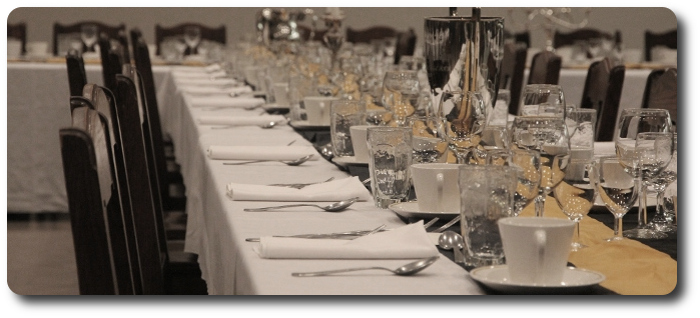


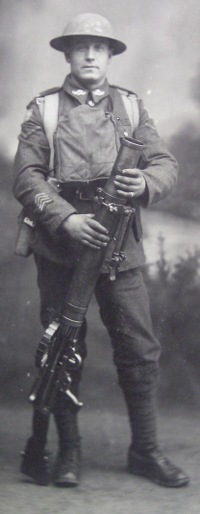 Washington, D.C., Dec. 19.—American army officers who have visited the front line tell of considerable rivalry and argument among American and British soldiers regarding the respective merits of the
Washington, D.C., Dec. 19.—American army officers who have visited the front line tell of considerable rivalry and argument among American and British soldiers regarding the respective merits of the 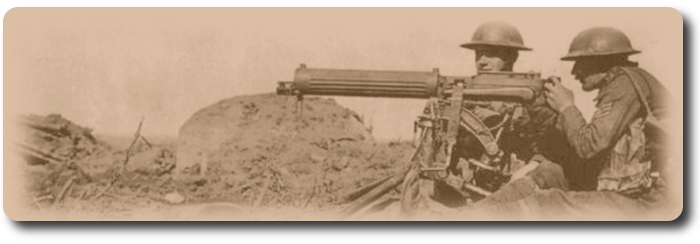


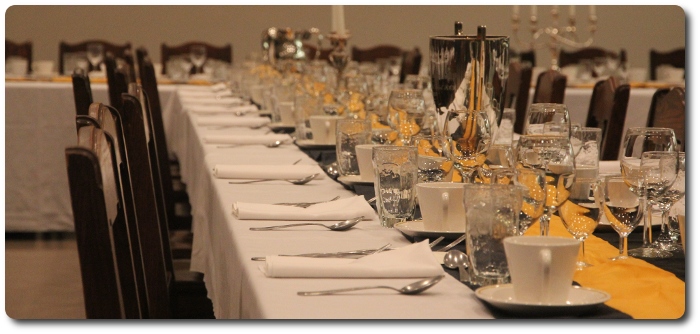
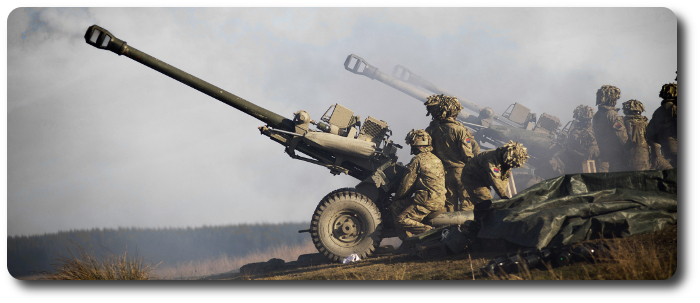
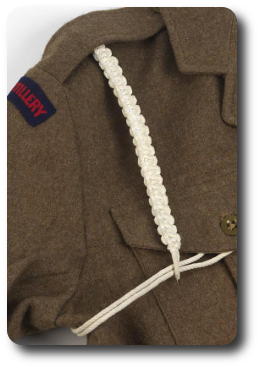 There has long been a tale about Gunners wearing a white lanyard for cowardice, allegedly for deserting their guns. Of course, this story is nothing more than a piece of leg pulling; the information that follows is historical facts.
There has long been a tale about Gunners wearing a white lanyard for cowardice, allegedly for deserting their guns. Of course, this story is nothing more than a piece of leg pulling; the information that follows is historical facts.


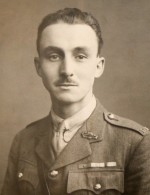 Few winners of the
Few winners of the 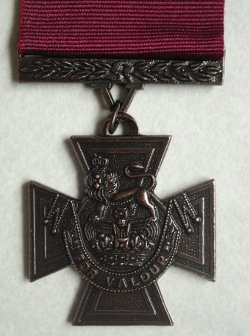 On that fateful day Lieut.-Col. C.B. Topp, D.S.O., took over The Royal Canadian Regiment for a short time and his personal knowledge of the resourcefulness, courage and initiative shown by Major Gregg,
On that fateful day Lieut.-Col. C.B. Topp, D.S.O., took over The Royal Canadian Regiment for a short time and his personal knowledge of the resourcefulness, courage and initiative shown by Major Gregg, 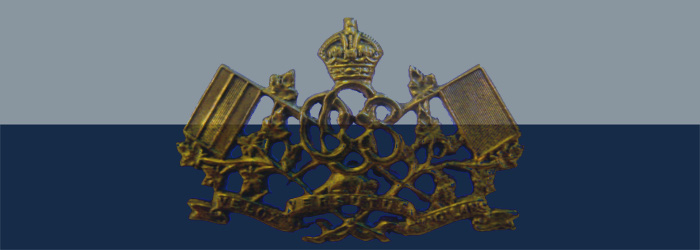
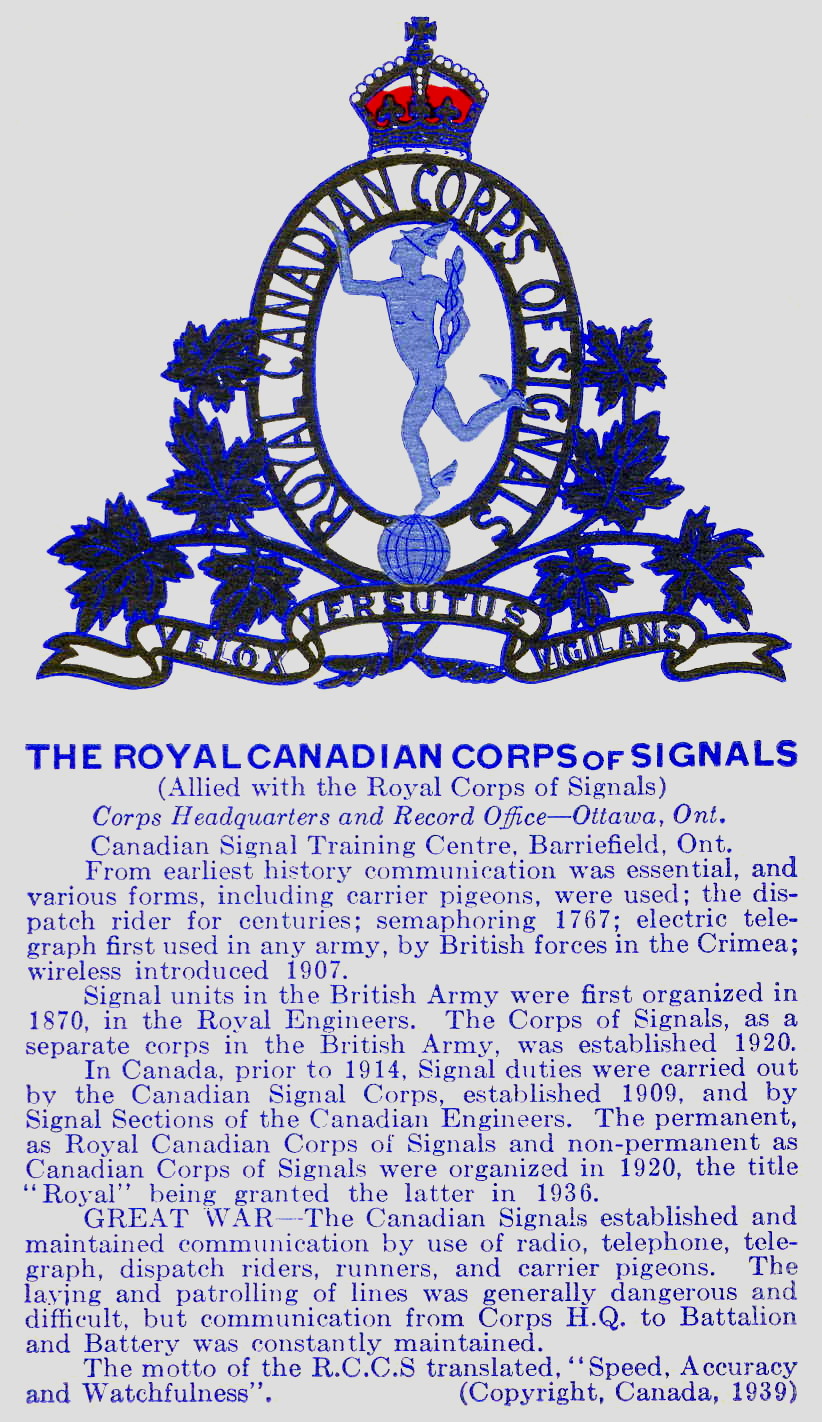
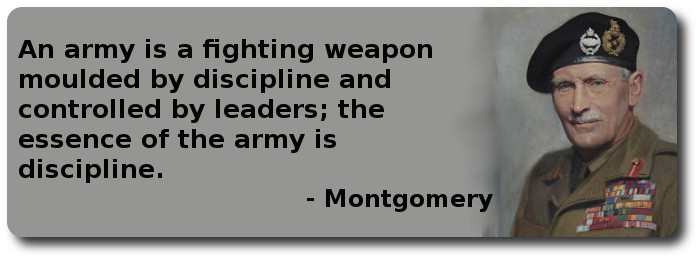
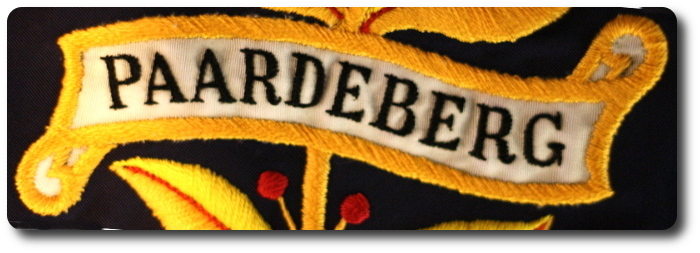

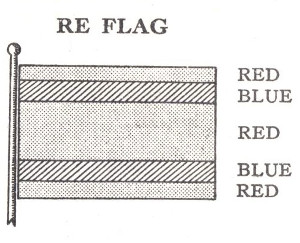
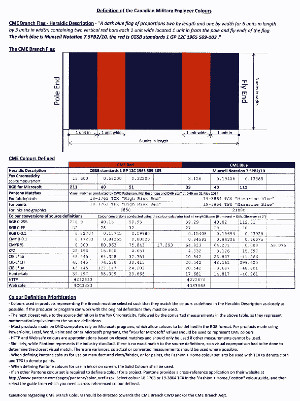
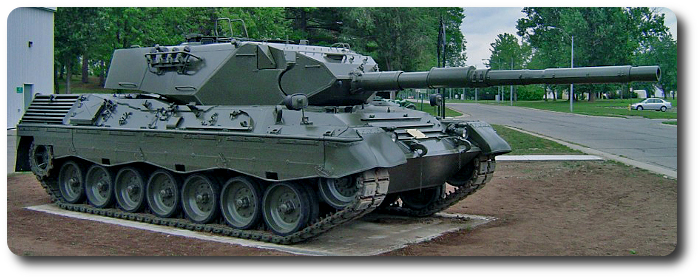
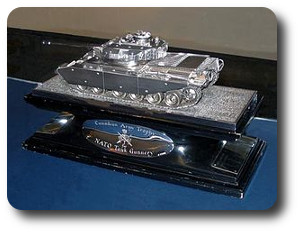

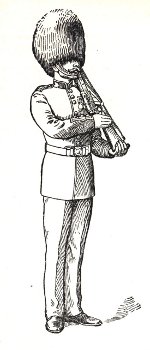 Infantry Training (4 - Company Organization), London, 1914
Infantry Training (4 - Company Organization), London, 1914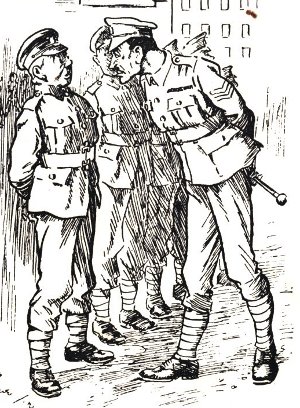


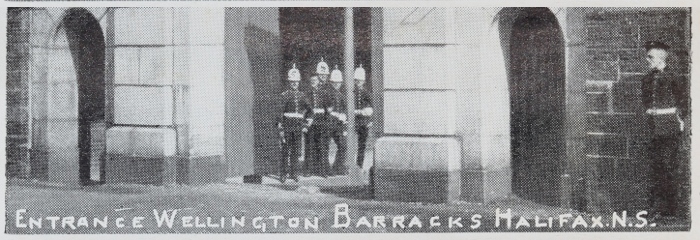
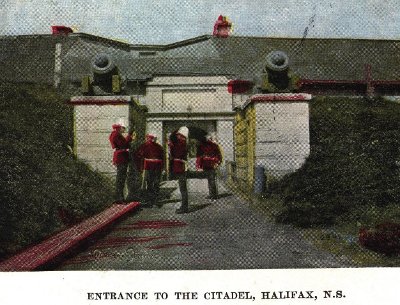 A militia order issues yesterday states that barrack accommodations being now available at Halifax, the following troops will proceed there on or about the fourth of December:
A militia order issues yesterday states that barrack accommodations being now available at Halifax, the following troops will proceed there on or about the fourth of December: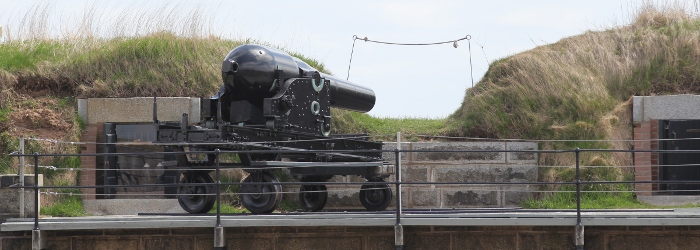
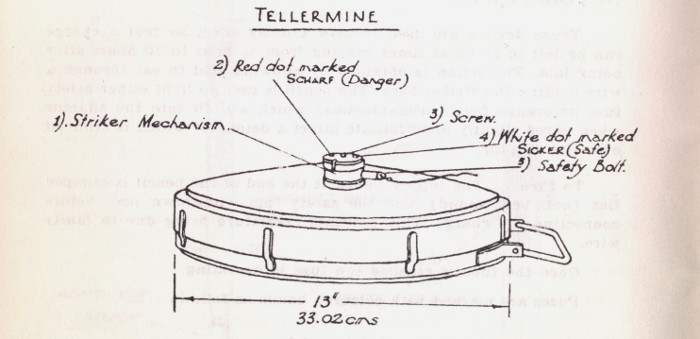
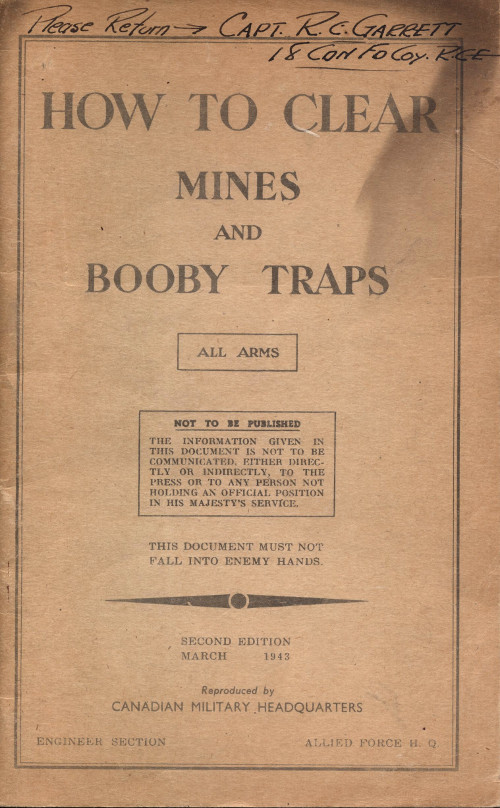
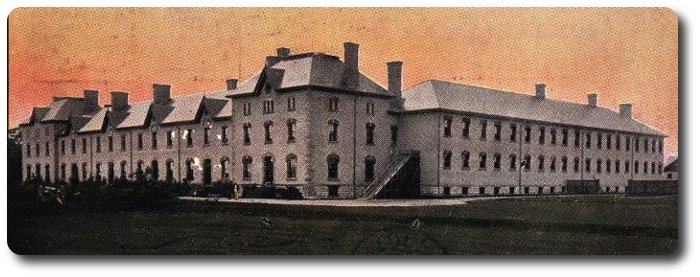
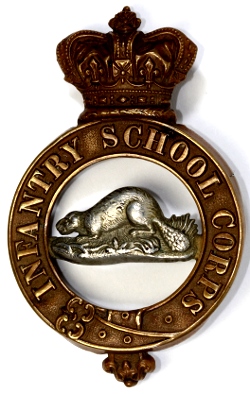 This Company was the last formed of the corps, or regiment, known as the Infantry School Corps; therefore, all the history related of the other companies belongs to it also, more especially as all its present combatant officers, with one exception have served with the other companies.
This Company was the last formed of the corps, or regiment, known as the Infantry School Corps; therefore, all the history related of the other companies belongs to it also, more especially as all its present combatant officers, with one exception have served with the other companies.
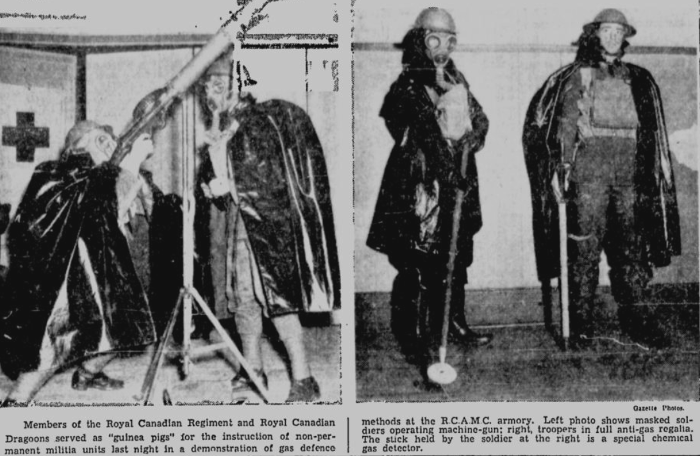


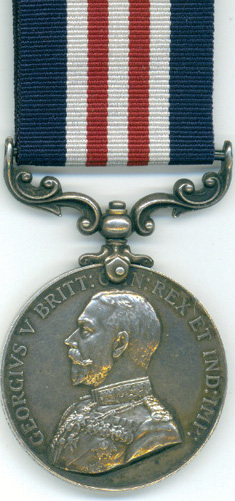 And it came to pass that upon a much later date this same General Officer Commanding a Division said unto his A.A., and Q.M.G.: "Oh, A.A. and Q.M.G. render unto me by the first day of next month a Return showing the names of the number of men of this Division who have done deeds such as are worthy of reward in the form of the Medal Military, in order that I may send forward this return unto Corps., in accordance with C.R.O. 869."
And it came to pass that upon a much later date this same General Officer Commanding a Division said unto his A.A., and Q.M.G.: "Oh, A.A. and Q.M.G. render unto me by the first day of next month a Return showing the names of the number of men of this Division who have done deeds such as are worthy of reward in the form of the Medal Military, in order that I may send forward this return unto Corps., in accordance with C.R.O. 869."